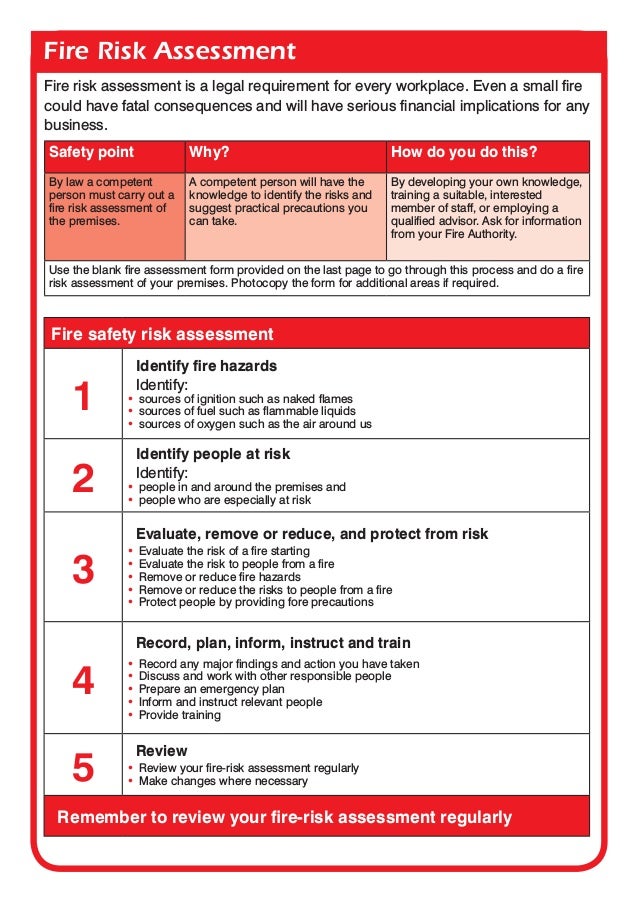What is Fire Risk Assessment
A fire risk assessment is a review undertaken of a building in order to assess its fire risk and offer recommendations to make the building safer, if necessary. It is an organised inspection of your workplace to ascertain if there are any fire hazards that could cause harm and will estimate the level of risk for those hazards. The aim is to remove those hazards and risks or reduce them to an acceptable level.
Is it a legal requirement to have a fire risk assessment?
Occupational Safety and Health Management System (OSHMS) provides the guideline to interpreting the requirement MS1722:2011 which required the workplace to conduct a risk assessment.
Who is responsible to ensure that a Fire Risk Assessment is conducted?
The responsibility would fall under the building manager to ensure Fire Risk Assessment is conducted. A fire risk assessment may be conducted by a “competent” individual such as Fire Safety Inspector from the Fire Authority or personnel that is certified.
Identifying the risk of the fire hazard of a building requires technical knowledge and experience to correctly identify and evaluate the risk. From the evaluation, we can plan the further actions to be taken.
Fire risk assessment is not just about preparing on how to evacuate from the danger, it involves maintenance of system, proper planning and also providing adequate training in order for all the occupants of the building to be acknowledged about the hazard and knows what to if such incident ever happen.
Specific guidance for employers is available from the DCLG and lists the following steps to the fire risk assessment process:
1. Identify all fire hazards
This includes sources of ignition, sources of fuel and the source of oxygen. Or scientifically we call them the fire triangle, three interconnected sources that are needed to create fire. If one of the sources is put down, such as using a CO2 extinguisher to eliminate oxygen, the fire can be stopped.
Other than that, identifying hazards involves knowing about the items and materials that are prone to cause fire such as flammable items and electrical appliances.
2. Identify people at risk
Who are the people occupying and around the premises? Next, identify people especially at risk, is there any elderly, infirm or disabled person?
3. Evaluate the risk
Evaluate the risk and decide if existing fire safety measures are adequate — then remove, reduce and protect people from the risk wherever possible. Some of the aspects that need to be evaluated:-
- Evaluate the risk of a fire occurring
- Evaluate the risk to people from fire
- Remove or reduce fire hazards
- Remove or reduce the risks to people
Include:
- detection and warning
- fire fighting
- escape routes
- lighting
- signs and notices
- maintenance.
4. Record, plan, inform, instruct and train
- Record significant findings and actions taken
- Prepare an emergency plan
- Inform and instruct relevant people and, where necessary, co-operate and co-ordinate with others
- Provide training
5. Review
The final step is to review.
- Keep the assessment under review
- Revise it where necessary

A professional fire risk assessor undergoes lots of detailed training and is fully versed in all of the most recent guidelines and legal requirements, including how they should be applied to different kinds of buildings. AITO provides professional consultants and is competent to conduct fire risk assessments. For further info, contact us now.
